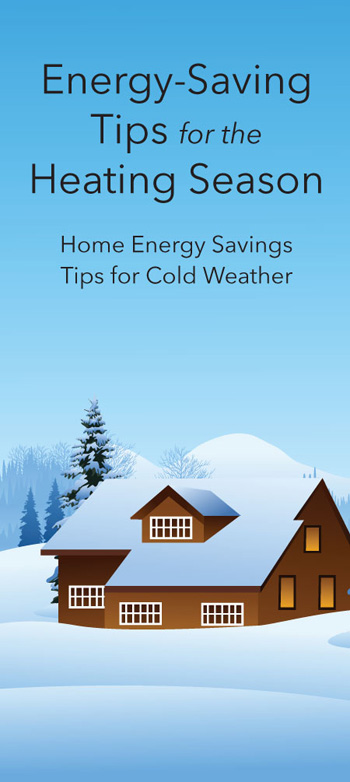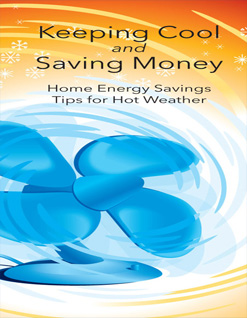Improve Energy Efficiency in Your Home

With colder weather approaching and heating costs continuing to skyrocket, ASHRAE is offering some simple ways to save energy and keep you and your family safe and warm.
Energy-Savings Tips
Saving energy isn't just about saving money for homeowners. Saving energy is beneficial on a global scale. The world is facing dwindling energy reserves, and the more we save, the better our future will be. Here are some things you can do:
Heating Systems
- Set the thermostats at 68 F (20 C) when the house is occupied during the day and turn it down at night or when you’re not at home (60 F or 15 C is recommended). There are programmable thermostats that you can buy from local hardware and lumber stores that can do this automatically and easily. They are inexpensive, reliable and easy to install. This would not be recommended for “heat pump” systems if it would cause auxiliary heating to come on.
- Make sure supply and return vents, radiators and baseboard heating units are not obstructed by furniture, appliances or other objects and that air can flow freely to and from them. This will maximize the efficiency of your system and help distribute warm air throughout the room.
- Clean or change furnace filters in forced hot air systems once a month or more often as needed.
- Have your heating system maintained and serviced according to manufacturer’s instructions (usually once a year). Dirty filters, coils and fans reduce airflow throughout the system, which decreases performance and can damage your system. Scheduling your service in the early fall when technicians are not as busy will probably save you money as well.
- Check heating ducts for air leaks from joints and holes. Check with your local hardware store for the proper UL certified mastic or tape to use for the particular job.
- Insulate your hot water tanks with an insulating jacket according to manufacturer recommendations. Some newer tanks already are insulated, so check product literature to determine if insulation is needed. Insulate the first six feet of the hot water pipes connected to the water heater.
- You can turn down the thermostat in rooms that meet the following criteria:
- Are unoccupied
- Can be closed off from the rest of the house
- Have their own heating zone
However, do not do this if it adversely affects the rest of your system or could lead to freezing water pipes.

Windows and Doors
- Install caulking, weather stripping or use spray-in foams around exterior windows and doors or those between heated and unheated spaces (garages, basements, crawl spaces, attics, etc.) Read instructions carefully. Expanding foams can exert enough pressure to cause doors and windows to jam or stick.
- During the heating season, keep draperies and shades open during the day on your southern facing walls to allow sunlight to enter. Keep them closed at night to reduce heat loss and the chill or draft you may feel from cold windows
Exhaust Fans
- Did you know that your kitchen or bathroom fan can pull out a houseful of heated air in just one hour?
- Turn off all fans as soon as they have done the job. Consider installing a timer switch instead of a manual switch to limit the unnecessary operation of an exhaust fan.
Related Resources
Learn simple ways to stay cool while saving energy during the summer months.